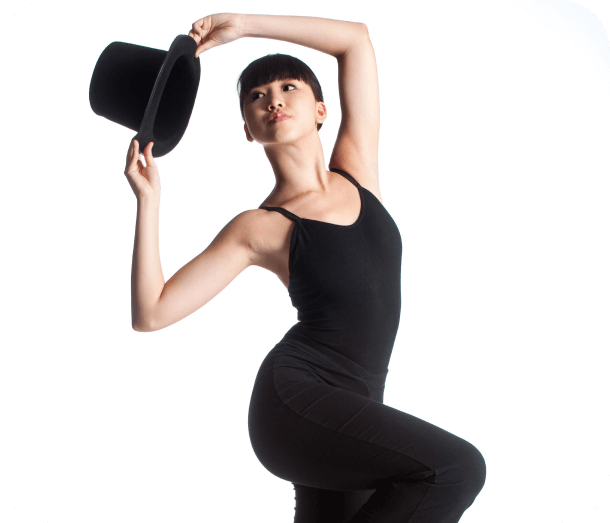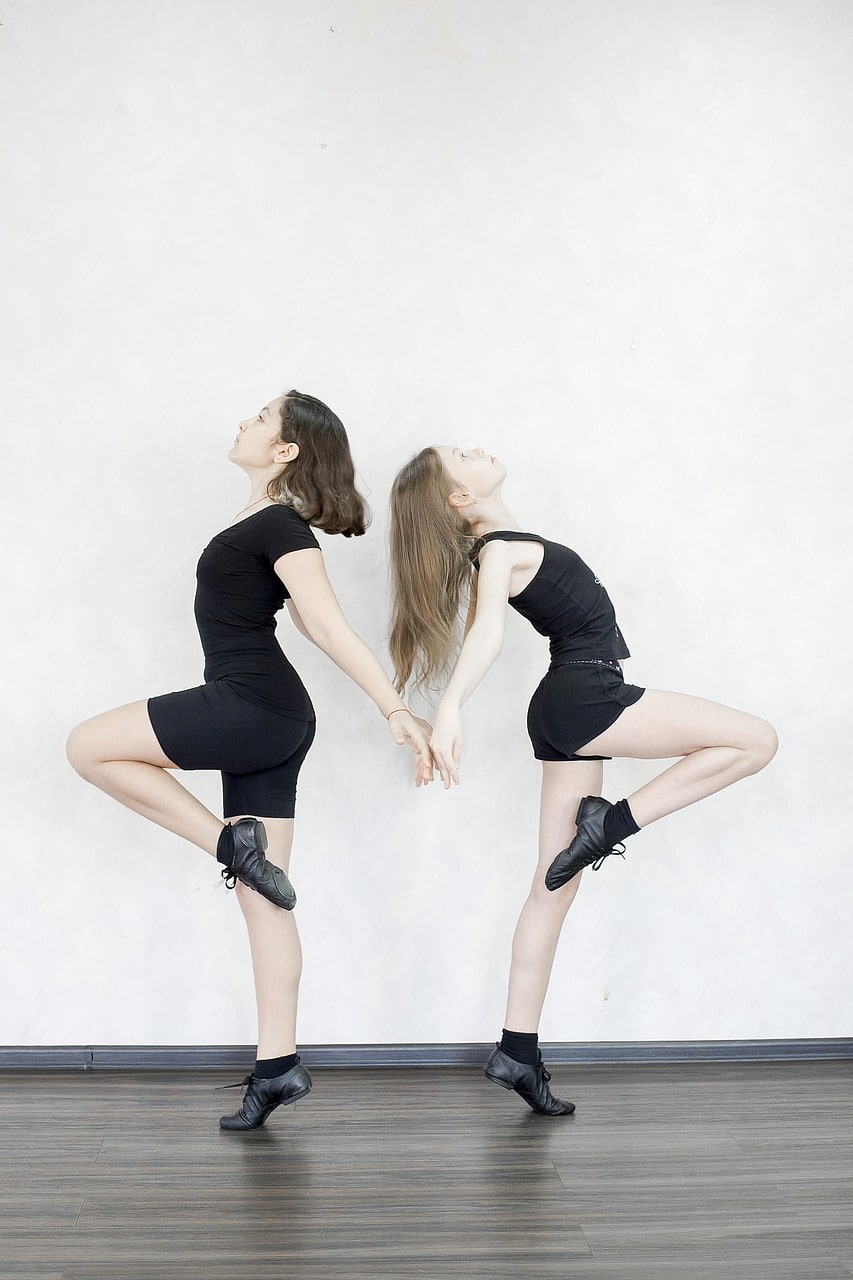Jazz dance is a fast-paced and rhythmically expressive style of dance known for its outgoing and dynamic nature. It is characterized by sensuality, liveliness, and openness, in contrast to the more introverted qualities often found in classical ballet or contemporary dance. Jazz dance can enhance your body’s flexibility, explosiveness, and bring out your femininity.

The Charm of Jazz Dance
Jazz dance, an extension of African dance, has found popularity in the United States. Jazz dance is a dynamic and diverse rhythmic dance style that blends elements of strength and flexibility. It features lively, expressive movements set to strong, rhythmic music, making it a fun and engaging physical activity. The essence of jazz dance lies in its freedom and simplicity, allowing individuals to directly express their inner emotions. The movements and music of jazz dance are highly rhythmic, and regular practice can lead to relaxation and physical fitness benefits.
- Progress in learning jazz dance is often rapid, boosting beginners’ confidence in their dance abilities.
- Once you’ve mastered the basics of jazz dance, learning other dance styles becomes easier, and the learning curve is smoother.
- Practicing jazz dance enhances flexibility, helping dancers convey a more refined and aesthetically pleasing performance. It can also lead to quick improvements in posture and overall poise.
The Difference Between Jazz Dance and Tap Dance
Jazz dance is a multifaceted performance dance that incorporates elements from ballet, modern dance, African dance, show dance, theatre dance, social dance, and East Indian folk dance, making it truly distinctive. Originating in the United States, jazz dance has deep roots in African-American culture. It gained widespread popularity in the 20th century when people from all walks of life sought to learn it. Mastery of jazz dance requires a solid foundation and wholehearted dedication to express its essence.
Jazz dance originated from African dance, brought to the United States by enslaved Africans, and gradually evolved into a unique and popular form of dance. Despite the hardships faced by Black Americans during the era of slavery, they never forgot their musical and dance traditions. They sang songs from their homeland and danced traditional dances on various occasions, whether in moments of joy, anger, sorrow, or celebration. Over time, these music and dance forms evolved into the rhythmic and expressive style of jazz dance, capturing the interest of Americans.
In the early 20th century, jazz dance evolved alongside jazz music. The earliest forms of jazz dance were popular in rural areas of the South and combined African-American social dances with jazz music. Jazz dance continued to evolve, becoming a performance art with social qualities, especially in gatherings and clubs in places like New Orleans. In 1917, a song called “The Jazz Dance” marked the naming of jazz dance.
Today, jazz dance retains its unique musical rhythms and physical characteristics but is no longer limited to jazz music. It can be combined with pop music, blues, rock, or disco. Jazz dance is highly inclusive and flexible, absorbing the latest music and dance elements, making it widely popular.
Tap dance, as the name suggests, involves striking and tapping with the feet and is performed using shoes equipped with metal plates on the soles. It originated in the United States in the 1920s. At the time, Irish immigrants and African slaves brought their respective folk dances to America, gradually blending them to create a new dance form. Tap dance is characterized by its openness and freedom, with few formal constraints. Dancers use the metal plates on the soles of their shoes to create intricate and varied rhythmic sounds. Coupled with graceful dance movements, tap dance is known for its humor, wit, and rich expressiveness. It developed alongside jazz music and is often performed in improvisational sync with jazz bands.
In essence, street dance encompasses jazz dance. Street dance includes styles such as breaking, popping, jazz, locking, hip-hop, and more. Jazz dance, a form of street dance, is a rapid and rhythmically charged dance style that is expressive and outwardly dynamic. Unlike classical ballet or modern dance, jazz dance is known for its sensuality, liveliness, and openness, helping to improve flexibility, explosiveness, and enhance one’s femininity.
